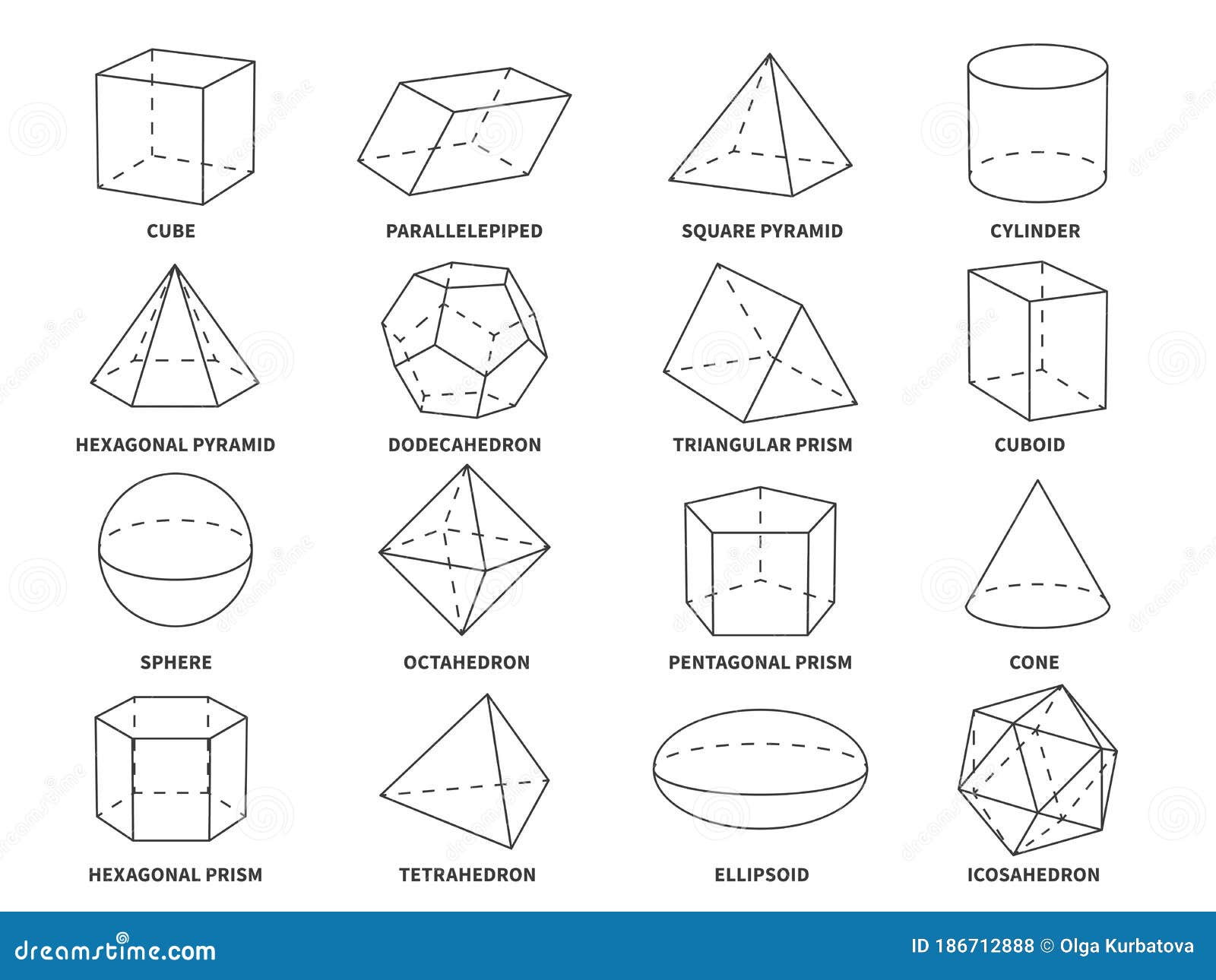
For example, two perpendicular lines will form a right angle (90°).

The type of angle formed depends on the angle at which the two lines meet.

Intersecting lines can form four types of angles: right (90°), acute (less than 90°), obtuse (more than 90°) and straight (180°). What type of angle do intersecting lines form? Additionally, intersecting lines can also form shapes such as triangles, rectangles, and squares. Another example would be when two parallel lines intersect at a single point to create an angle. An example of intersection would be when two roads meet at a corner, with one street running horizontally and the other running vertically. Intersection is the joining of two or more lines. With practice problems like those above, students can quickly become comfortable with recognizing when and where multiple lines will meet - making learning geometry much easier! FAQ What is intersection explain with examples? Intersecting lines are fundamental concepts in geometry and math overall - knowing when and where they meet helps us define shape properties as well as solve for missing values in equations or formulas with ease! Knowing what type of angle results from different types of line intersections also gives us insight into solving for unknown variables such as those found in triangles or other polygons. Next: What type of angle would result from parallel lines intersecting? The answer here is 0°-when parallel lines meet they do not create an angle at all but instead remain straight and therefore produce no angle at all! Last but not least: What type of shape would result from three non-parallel lines intersecting? The answer here would be a triangle-since three non-parallel lines will always form an enclosed shape such as a triangle or quadrilateral depending on how many sides there are. Let's try some practice problems! First up: What type of angle would result from two perpendicular lines intersecting? The answer is 90°-the intersection of perpendicular lines always produces a right angle (90°). For example, if you know that two sides of a triangle must add up to 180° then you know that the third side must be equal to 180° minus the sum of the other two sides.
#Line shapes geometry how to#
By understanding how lines intersect and connect with one another, we can better understand how shapes are formed in geometry. Additionally, knowing how to identify when two or more lines have intersected can help us solve for missing variables in equations or algebraic problems. All of these shapes are based on different combinations of lines that intersect at specific points. Intersecting lines are important because they help us define shapes such as triangles, rectangles, squares, circles, and more. These angles are measured in degrees (°) and can range anywhere from 0° (no angle) to 180° (a straight line). The point at which the two lines intersect is called the vertex of the angle. When two lines intersect, they create four distinct angles-two acute angles and two obtuse angles. Intersect is a term used to describe two or more lines that cross each other to form an angle. In this blog post, we’ll explain what intersect means in geometry and why it’s important. At its core, geometry is about understanding how lines intersect with one another and the angles that result from these intersections. Geometry is the study of shapes, angles, and relationships between them. A Guide to Intersecting Lines in Geometry


 0 kommentar(er)
0 kommentar(er)
